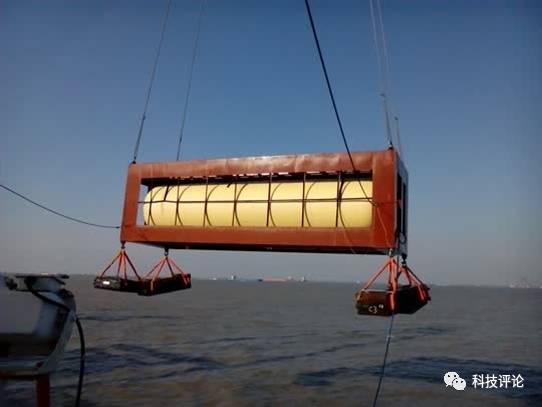Overcoming Challenges, Restoring Integrity: QuanCles® Reinforced Airbags Power the Successful Recovery of Sewol Ferry

On the morning of April 16, 2014, tragedy struck off the coast of South Korea when the passenger ferry Sewol, carrying 476 souls, sank approximately 3 kilometers southwest of Gwanmae Island in Jindo County. Of the 476 passengers, 296 lost their lives, and 8 were declared missing—later confirmed to have perished—bringing the total death toll to 303.

In a determined effort to locate the 8 missing individuals and preserve the integrity of the wreckage as much as possible, the South Korean government mandated a full-scale salvage operation, ruling out any piecemeal recovery efforts. This decision posed an immense challenge, requiring a solution that balanced precision, scale, and respect for the site. After a global bidding process, the salvage plan proposed by China Salvage Bureau emerged as the chosen approach, earning the trust and approval of the South Korean government. It was a moment that underscored not only technical expertise but also shared humanity in the face of a devastating loss.
In the salvage operation of the Sewol ferry, the China Salvage Bureau faced several technical challenges, each requiring innovative solutions:
- Full Salvage Requirement and Insufficient Buoyancy: The South Korean government mandated a full-scale salvage, but the lifting capacity of the salvage vessel was inadequate. Additional buoyancy devices were needed, yet the limited external space for fixing these devices meant that even with maximum deployment of buoyancy airbags, the required buoyancy could not be achieved.
- Complex Interior Environment: To reduce the hull’s weight, the team considered deploying buoyancy airbags inside the cabins. However, the interior was severely damaged, with numerous sharp objects that could not be accurately measured. This necessitated the use of high-strength, puncture-resistant airbags capable of withstanding high-pressure inflation.
- Deep Water Conditions: The salvage site was approximately 45 meters deep, subjecting the buoyancy airbags to significant underwater pressure. This required airbags with even higher strength to endure the extreme conditions.
- Opening Size Restriction: The South Korean government imposed a strict limit on the size of openings into the cabins—no larger than 1 square meter—to prevent the loss of any remains or artifacts. This constraint added complexity to the salvage process.
- Single-Diver Operation: Due to the hazardous and confined interior environment, divers had to operate alone to avoid secondary injuries. This meant that the internal buoyancy airbags had to be lightweight and easy to install, ensuring efficient and safe deployment.
To address the above challenges, ordinary rubber salvage airbags cannot be used, the salvage plan was forced to stop and could not continue for quite a long period.
Zhejiang QUANTUMETE New Materials Technology Co. Ltd developed QuanCles®, the Airbags made with UHMWPE Fabric Reinforced TPU Membrane, has brought a turning point for above problems solving. These airbags were lightweight, high-strength, puncture-resistant, and watertight, providing approximately 1500 tons of buoyancy. This solution effectively protected the hull structure and reduced the lifting force required at the bow. This groundbreaking approach has opened new possibilities in the field of buoyancy-assisted salvage and is expected to find broader applications in the future.
